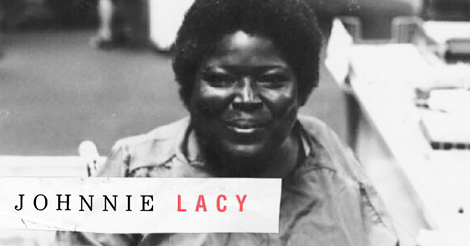Celebrating Black History Month

Johnnie Lacy was an early leader in the independent living movement, advocating at the intersection of race and disability years before the term “intersectionality” existed.
Lacy grew up during segregation in Louisiana in the 1940s. In 1947, when Lacy was 10, her family moved to California, where she continued to experience racism. At age 19, while working on her nursing degree, Lacy contracted polio and became paralyzed.
In 1980, when Lacy decided to continue her education, now using a wheelchair, she met with blatant discrimination due to her disability. When she applied to attend San Francisco State University to study speech therapy, the head of the department tried to block her enrollment. This was prior to the Americans with Disabilities Act, and the only federal law protecting people with disabilities at the time was the Rehabilitation Act. Lacy informed the department head that he would not be able to do this to her just because she was a woman, or just because she was Black. “Clearly,” she said later, “he felt he could take such unfair advantage of me because I was a person with a disability.” After advocating for her rights, Lacy was allowed in the program, but she was not permitted to participate in graduation.
Lacy’s experience in college led her to become a disability rights activist. She co-founded and worked at the Berkeley Center for Independent Living. This led to other positions with related organizations, including a role as the Director of Community Resources for Independent Living in Hayward, California.
As a Black woman who used a wheelchair, Lacy experienced exclusion from the Black community due to her disability and from the disability community due to her race. Lacy persevered, determined to educate both communities about race and disability and serve as a role model for many other Black women with disabilities.
Johnnie Lacy died in 2010 at the age of 73.
